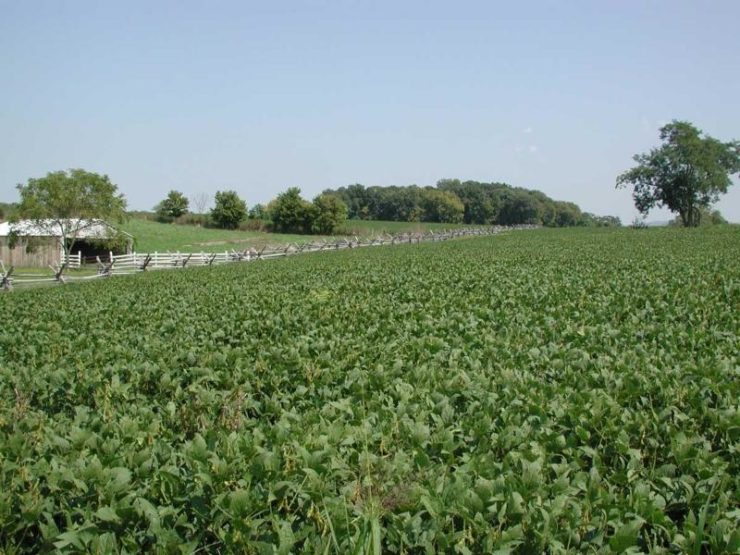 The pressure on farmers to produce higher food yields has continued to increase as the human population continues to grow. This has made technology an important tool in the quest to meet the ever rising demand for food. Many farmers now use different mobile apps to gather data and control machinery. This explains the increased use of iPads and tablets on a farm.
The pressure on farmers to produce higher food yields has continued to increase as the human population continues to grow. This has made technology an important tool in the quest to meet the ever rising demand for food. Many farmers now use different mobile apps to gather data and control machinery. This explains the increased use of iPads and tablets on a farm.
But one area of technology that is set to become a game changer in agriculture is drone farming. Farmers can now use drones to spray crops as well as evaluate and plan for future crops. In addition to saving farmers time and money, drones are also used to capture images that are used to find solutions for crop stress and other important variables.
Thanks to drones, farming will become more efficient, which means higher food yields and lower maintenance costs in the long term. As we speak, drones are already being used to check on livestock, scare birds away and monitor crops.
Drones Reduce the Level of Pollution
When using drones, it is easy to precisely control where and when fertilizers, pesticides and herbicides will be sprayed. This minimizes excessive fertilizer use. When too much fertilizer is sprayed on plants, it can cause fertilizer burn, a condition in which the plants are rendered unhealthy or even unusable. At the same time, the use of drones reduces the chances of streams and rivers being contaminated with fertilizer and other chemicals.
Uses of Agricultural Drones
As the use of drone technology in farming increases, the agriculture will get a high-technology makeover. Drones will be used to gather and process real-time data which will be used in planning and strategy.
Here are some of the ways drones can be used throughout a crop cycle:
Planting
Today, there are drone-planting systems that can decrease the cost of planting by up to 85 percent. This is in addition to achieving an uptake rate of between 75 and 80 percent. These systems can be used to shoot seeds into the soil and at the same time plant the necessary nutrients that will sustain the life of the plant.
Crop Monitoring
Monitoring crops in vast fields has posed a huge challenge for many years. The challenge has been made even worse by weather conditions that have become increasingly unpredictable. Today, drones can be used to produce time-series animations that clearly show how a crop is progressing. This leads to much better crop management.
Soil Analysis
Early soil analysis is very instrumental at the start of a crop cycle. Drones play an important role by producing precise 3-D maps to be used for soil analysis. These maps can then be used to plan the ideal seed planting patterns. Drones can also produce useful data to be used for irrigation.
Health Assessment
Crop assessment is essential if bacterial and fungal infections are to be spotted in good time. Drones can be used to carry devices that will be used to produce images that can provide information on the health status of plants. This means that remedies will be applied in good time in cases where sicknesses are discovered.
Bottom line
Although drone farming is yet to reach its full potential, the future is definitely bright. Some of the challenges facing the widespread adoption of drones include privacy issues, insurance-coverage questions and safe operation. But with the industry pushing for more superior drones, these challenges are being overcome one by one.
|